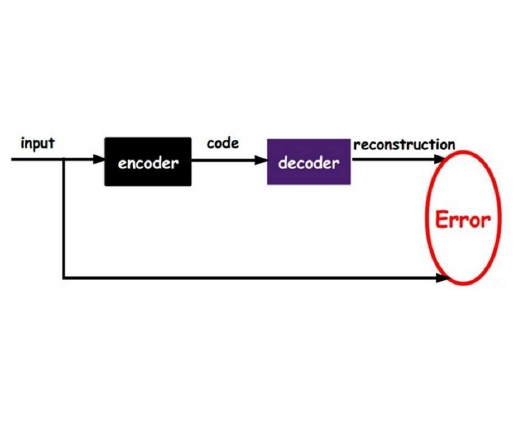Variational autoencoders employ an encoding neural network to generate a probabilistic representation of a data set within a low-dimensional space of latent variables followed by a decoding stage that maps the latent variables back to the original variable space. Once trained, a statistical ensemble of simulated data realizations can be obtained by randomly assigning values to the latent variables that are subsequently processed by the decoding section of the network. To determine the accuracy of such a procedure when applied to lattice models, an autoencoder is here trained on a thermal equilibrium distribution of Ising spin realizations. When the output of the decoder for synthetic data is interpreted probabilistically, spin realizations can be generated by randomly assigning spin values according to the computed likelihood. The resulting state distribution in energy-magnetization space then qualitatively resembles that of the training samples. However, because correlations between spins are suppressed, the computed energies are unphysically large for low-dimensional latent variable spaces. The features of the learned distributions as a function of temperature, however, provide a qualitative indication of the presence of a phase transition and the distribution of realizations with characteristic cluster sizes.
翻译:自动自动解码器使用一个编码神经网络,以便在潜伏变量的低维空间内产生数据集的概率代表,然后有一个解码阶段,将潜伏变量映射回原始可变空间。经过培训后,可以通过随机地将数值分配给潜在变量,然后由网络解码部分处理的隐性变量,获得模拟数据实现的统计集合。为了确定这种程序在应用到 lattice 模型时的准确性,一个自动编码器在这里就旋转实现的热平衡分布进行了培训。当对合成数据解码器的输出进行概率性解释时,通过随机地根据计算的可能性分配旋转值,就可以产生旋转实现。由此产生的能源放大空间的状态分布与培训样本的质量相似。然而,由于旋转之间的关联受到压制,对低维度潜伏变量空间的计算能量是非物理性的很大。但是,作为温度函数,所学到的分布特征的特性表明一个阶段转换的状态和特性组合的分布。




